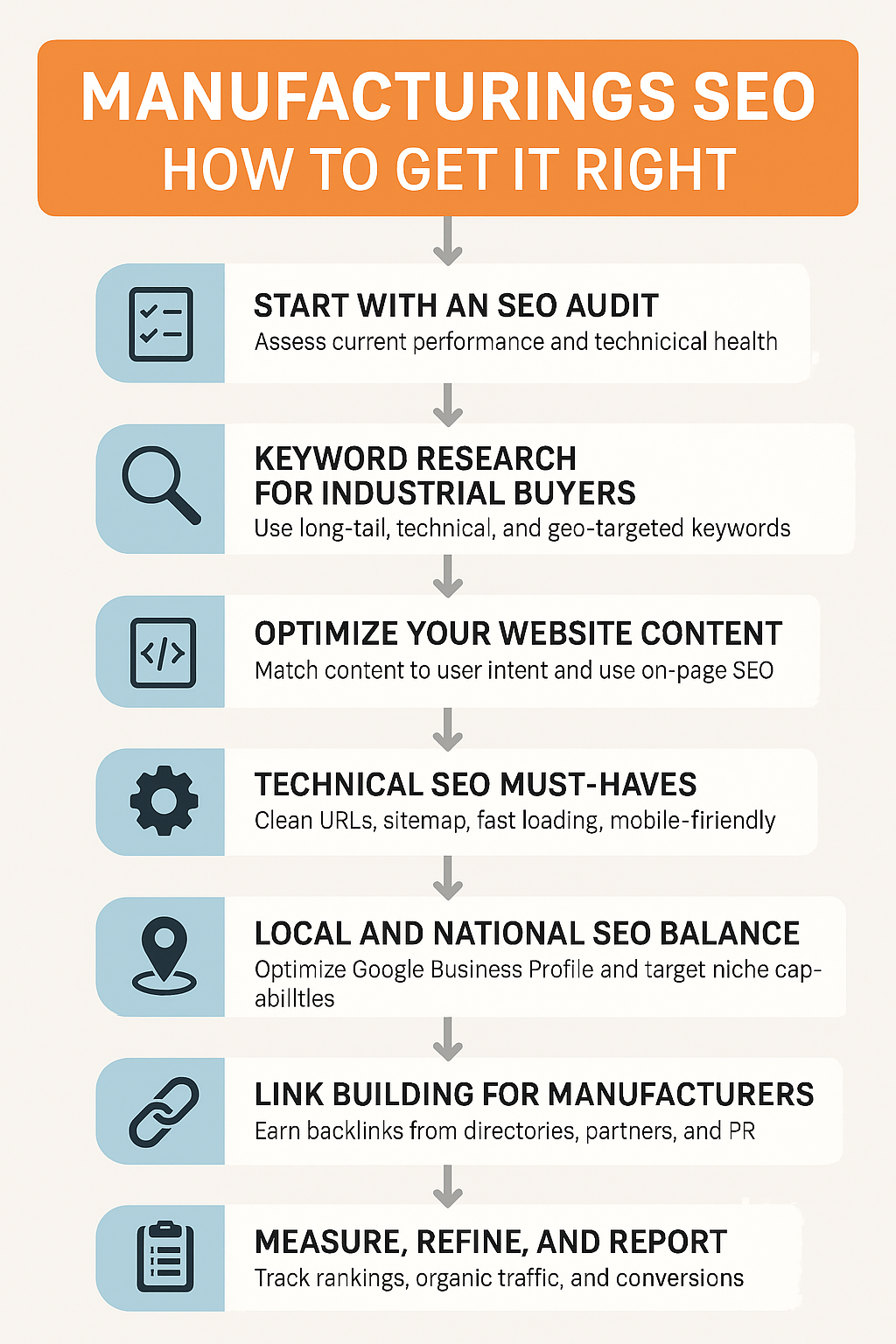Search engines from Google to Accona (yes, there’s a search engine called Accona) to Yahoo like to look at the URLs on your site. So you should pay attention to what is happening with your URLs. But let’s start at the beginning. What is a URL (sometimes pronounced U – R – L and sometimes pronounced like the name Earl)?
www.educyber.com/edunotes-blog/index.php is a URL. It is what appears at the top of your web browser when you are on a web site. www.educyber.com/edunotes-blog is another URL from our site. One thing to note is that for most sites, either index.htm or index.php will be a default page that shows up if you don’t type a file name. So www.educyber.com/edunotes-blog/ is the same as www.educyber.com/edunotes-blog/index.php.
So now that we know what a URL is, let’s take a look at how it can help you. As mentioned above, index.htm or index.php will be a default page that you need to have. After that you can name a page anything you want. You do NOT want to name a page index2.php or indexb.php. That tells you nothing at all about the content of your page.
Telling the search engines and your web site visitors about the content of the page helps them to understand what they will find on the page. This information is much more useful to the search engines than to visitors but then you’re more likely to get visitors if the search engines understand you.
Now let’s take another look at the EduCyber site for an example of what I’m talking about. Our navigation bar has a link that says Web Site Design. If you click that link, you go to this page: www.educyber.com/web/design.php. Notice that you’re in a folder called WEB and on a page called DESIGN.PHP. Those two pieces of information help search engines understand that is what the page is called.
As a final example, take a look at the URL in your browser as you read this blog. The last part of it reads /search-engines-and-urls/ which is also the title of this post. That helps to tell the search engines what this blog post is all about.
The moral of the story is to use meaningful file names and paths when you create web pages and web sites.


